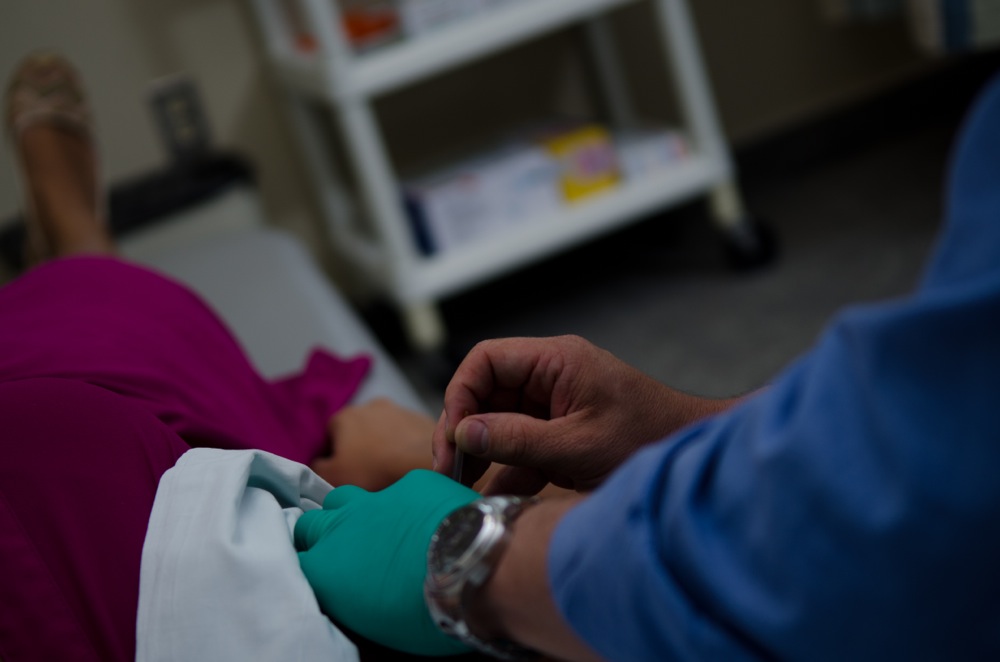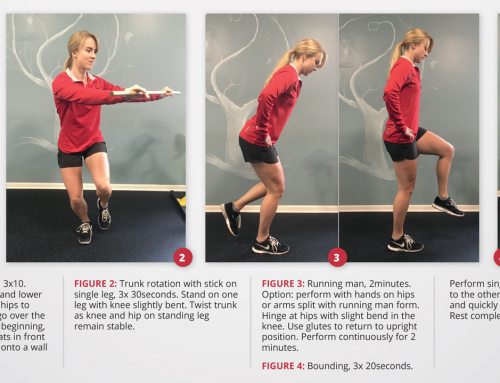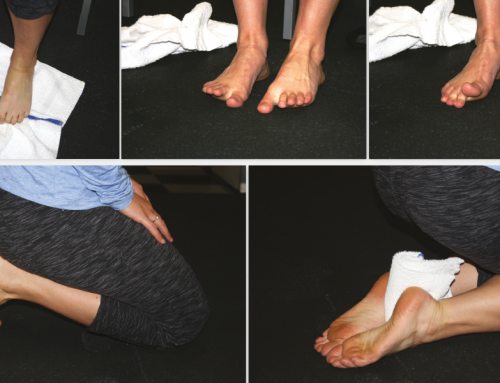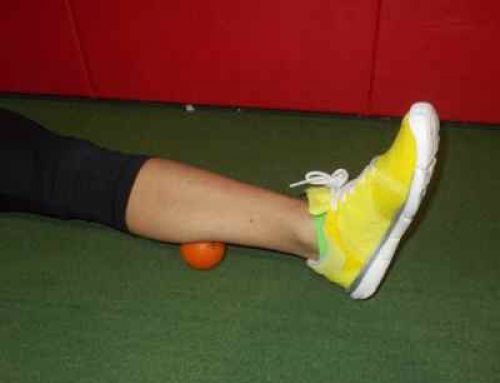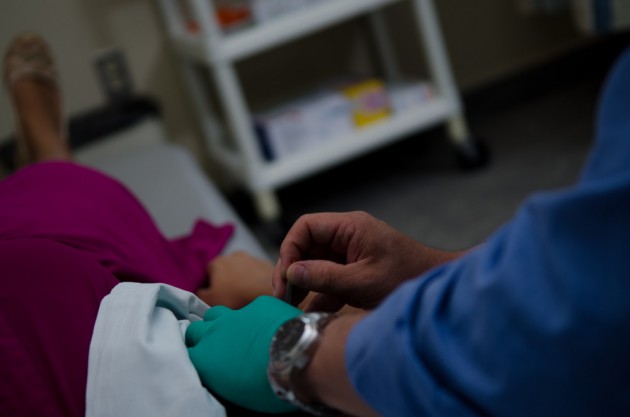
By Carolinas Healthcare System
Regardless of whether you’re a believer in alternative medicine, it’s difficult to ignore the case for dry needling as a useful, legitimate treatment for muscle pain.
The acceptance of certain forms of Eastern medicine – like acupuncture – has become more commonplace in recent years as an increasing number of medical professionals continue to endorse and practice various techniques.
Despite the fact that many aren’t rooted in evidence-based results, more people are turning to “alternative medicine” practices for various medical ailments. Dry needling, a form of intramuscular stimulation similar to acupuncture, has been embraced by many as an effective treatment for muscle pain. Despite being practiced since the early- tomid-1970s, dry needling was only recently legally permitted in most states, including North Carolina, which voted to allow it as a physical therapy practice in 2010.
Dry needling involves inserting thin needles into a patient’s skin for muscular stimulation. Unlike acupuncture, which targets “meridians” within the body for pain relief, dry needling involves inserting a thicker needle deeper into the tissue to target “trigger points,” or knots, in the muscle. Inserting the needle directly into the trigger point will prompt a small muscle spasm that “calms” the nervous system and massages the taut band within the muscle.
Andrew Ball, PT, DPT, PhD, OCS, a board-certified orthopaedic physical therapist with Carolinas Rehabilitation, was among the first group in North Carolina permitted by the board of physical therapist examiners to use dry needling on his patients, and the first within Carolinas HealthCare System. “The point of dry needling is actually not just pain relief,” says Ball, who is a Certified Myofascial Trigger Point Therapist. “It’s pain relief in the progress of restoring motion. It’s manual therapy – like massaging someone’s muscle or manipulating someone’s neck or back.”
Most of Ball’s patients are referred by a physiatrist and lead active lifestyles. He treats a wide range of patients, from weekend warriors to professional athletes, and estimates about 85 percent of his patients achieve significant (between 50 percent and 80 percent) relief after just a few sessions.
Michael Hall of Charlotte, North Carolina, a patient of Carolinas Rehabilitation, says dry needling therapy was a last resort that ended up paying huge dividends. Hall, who for years has struggled with back spasms related to an unknown injury sustained in his youth, has been completely pain-free and without a spasm since undergoing three 15-minute dry needling sessions. Hall, who had tried electroconvulsive therapy and weekly physical therapy sessions, among other treatments, admits he was apprehensive when introduced to dry needling. “I was cautious at first,” he says. “But after reading some online testimonials, I decided it was credible enough to try – I had exhausted all of my other options.”
Dry needling isn’t for everyone, of course, and there are a few potential (albeit unlikely) risks. Treatment can also be uncomfortable and will most likely result in soreness in the muscle for one to three days following the session.
# # #
The board-certified physicians at Sports Medicine & Injury Care are available at eight convenient locations. Our experts can evaluate and refer you for dry needling, if you’re considering it as a treatment option. Request an appointment online at CarolinasHealthCare.org/SportsCare or call 704-512-3994. Next-day appointment scheduling is available.


